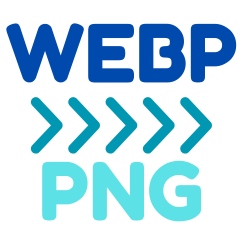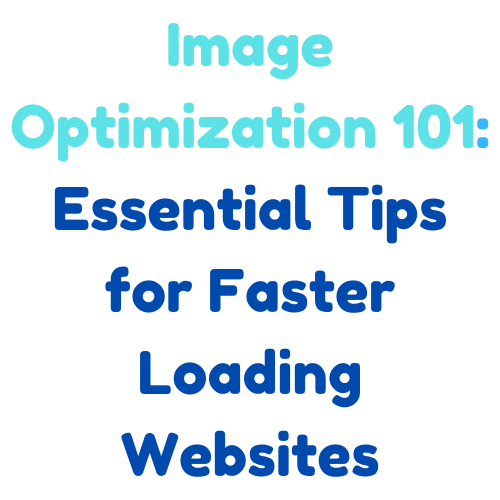In the fast-paced digital world, website speed is crucial for user experience and search engine rankings. Images often account for most of a website’s total weight. This guide will walk you through essential image optimization techniques to speed up your website.
1. Choose the Right File Format
Selecting the appropriate image format is crucial:
- JPEG: Ideal for photographs and images with many colors
- PNG: Best for images with transparency or fewer colors
- WebP: Modern format offering better compression and quality
- SVG: Perfect for logos, icons, and simple graphics
2. Compress Your Images
Reduce file size without significantly impacting quality:
- Use lossy compression for photographs
- Use lossless compression for graphics with text
- Try our free image compression tool
3. Resize Images Appropriately
Don’t use larger images than necessary:
- Determine the largest size the image will be displayed
- Resize the image to those dimensions
- Create multiple sizes for responsive design
4. Implement Lazy Loading
Load images only as they enter the viewport:
<img src="image.jpg" loading="lazy" alt="Description">5. Use Content Delivery Networks (CDNs)
CDNs can serve images from servers closer to the user, reducing load times.
6. Optimize for Retina Displays
Use the srcset attribute to provide high-resolution images for retina displays:
<img srcset="image.jpg 1x, [email protected] 2x" src="image.jpg" alt="Description">7. Leverage Browser Caching
Set appropriate cache headers to store images on users’ devices:
<IfModule mod_expires.c>
ExpiresActive On
ExpiresByType image/jpeg "access plus 1 year"
ExpiresByType image/gif "access plus 1 year"
ExpiresByType image/png "access plus 1 year"
ExpiresByType image/webp "access plus 1 year"
</IfModule>
8. Use Image Sprites
Combine multiple small images into one larger image to reduce HTTP requests.
9. Remove Unnecessary Metadata
Strip out EXIF data and other metadata to reduce file size.
10. Consider Next-Gen Formats
Explore formats like WebP and AVIF for better compression and quality.
11. Optimize ALT Text
Use descriptive, keyword-rich alt text for better SEO and accessibility.
12. Monitor and Audit Regularly
Use tools like Google PageSpeed Insights to regularly check your image optimization.
Practical Example: Optimizing a Blog Post Image
- Original image: photo.jpg, 2000x1500px, 1.8MB
- Resize to 800x600px (maximum display size)
- Compress using lossy compression, quality 85%
- Convert to WebP
- Implement lazy loading
- Result: photo.webp, 800x600px, 90KB
Tools for Image Optimization
- Online: Our image optimization suite
- Desktop: Adobe Photoshop, GIMP
- Command-line: ImageMagick, jpegoptim, optipng
- WordPress Plugins: Smush, ShortPixel, EWWW Image Optimizer
Conclusion
Image optimization is a crucial aspect of website performance. By implementing these techniques, you can significantly reduce page load times, improve user experience, and potentially boost your search engine rankings.

